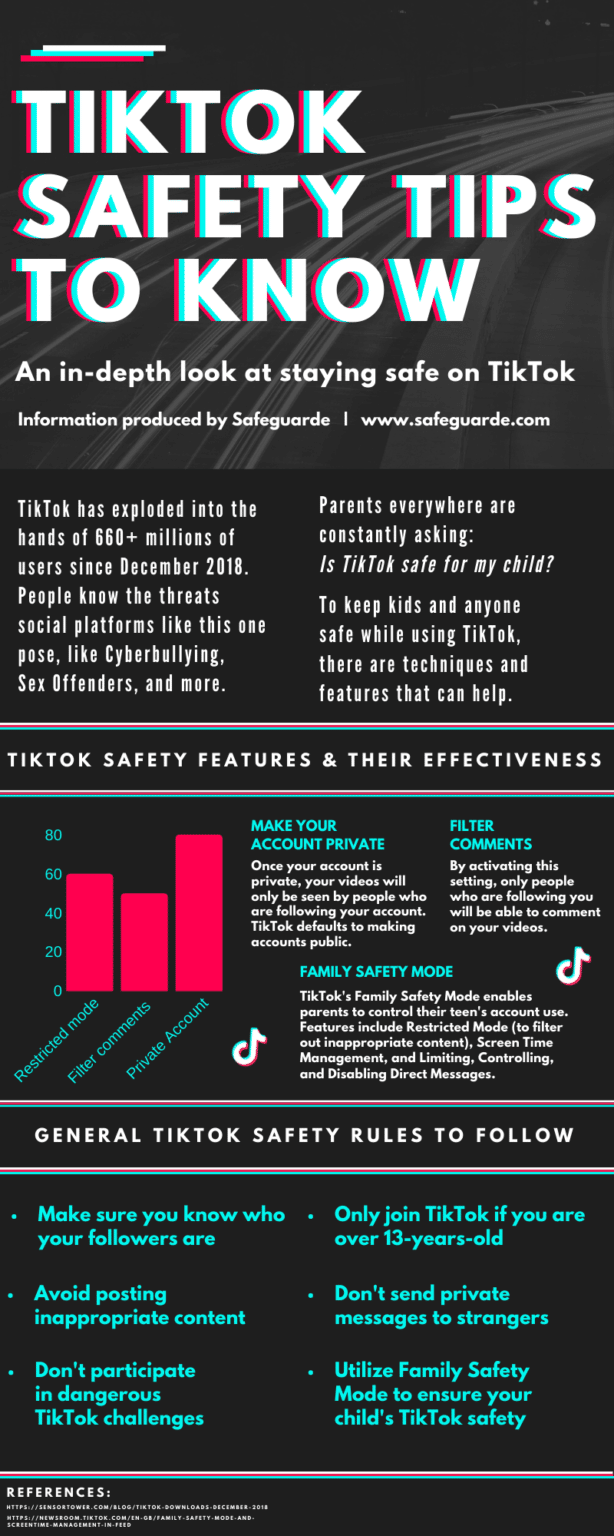The Impact of TikTok on Children’s Safety and Mental Health
Social media platforms have become integral parts of modern lives, especially among youth. While they offer entertainment and connectivity, concerns have also emerged regarding potential negative impacts. One such platform generating much discussion is TikTok - here is an in-depth examination of its effects from different perspectives.
Parental Concerns about Content Exposure
As a short-form video platform, TikTok content can range widely and parents often worry children may encounter disturbing or inappropriate material. Issues like nudity, drugs, and sexually suggestive dances have surfaced. Older teens may feel these reflect real world topics deserving open discussion, but most agree very young children are not developmentally ready. Parents desire age-appropriate controls and clearer content labeling to make informed choices.

The Challenge of Monitoring Ongoing Content Flow
Unlike curated preset categories on other apps, TikTok stream filters push endless customized videos. Keeping pace with constantly evolving trends and detecting problematic content is immensely challenging. “For You Page” algorithms also learn user preferences, potential entrenching in certain communities. Despite moderator efforts, objectionable material inevitably slips through. This fluid environment requires active parental guidance more than set parental controls alone.
Psychological Impact of Peer Feedback Systems
Beyond content, the very design of TikTok and similar platforms centers around public validation through likes, comments and shares. For developing youth especially, such social approval cues can significantly impact self-worth and mental health. Harsh virtual peer feedback has real potential to harm vulnerable users. Companies must balance creative expression with responsible systems protecting emotional well-being. Early education about separating online validation from self-identity seems crucial.
Misuse Potential from Influence of “Famous Users”
Some teens undoubtedly feel inspired watching creative expression on TikTok. However, the new social media “micro-celebrity” phenomenon also allows unrealistic lifestyles to be broadcast direct to youth. Risks include aspirations to replicate fame through risky stunts or overtly sexualized content. Popular users set trends without controls around appropriate examples. Greater responsibility from influencers and the platform to consider impressionable audiences could help.
Balancing Opportunity, Risk and Responsibility
New technologies inevitably reflect societal complexities. While fear-mongering solves little, denying risks helps none. TikTok undeniably provides a creative global stage but safer guiding frameworks must evolve in tandem. Companies, parents, educators and policymakers all play valuable roles if challenges are to be addressed collaboratively, not confrontationally. Sensible balancing of vibrant expression, child protections and teaching critical thinking skills can maximize benefit while minimizing harm for current and future generations. Open discussion pointing solutions is surely preferable to overreactions from any single group.
Considerations in Platform Design and Practice
Design features like usage time limits, more nuanced content/community controls, and proactive harmful behavior detection could help empower personal responsibility. Age-gates are limited if easily bypassed; authentication may incent improved accuracy. Broader changes like less public feedback emphasis, more private sharing defaults, and dedicated “Youth” app versions also warrant discussion. Platforms hold greatest potential to positively impact through iteratively-tested design and policy improvements prioritizing well-being over metrics. Successful reforms require acknowledging complexity while keeping user welfare the top priority.
The Role of Education in Building Resilience
While protections are key, education remains society’s most powerful long term tool. Schools, communities and families all have roles helping children navigate online influences smartly as active, discerning participants - not just as passive subjects of protection. Early lessons teaching media literacy, self-worth beyond online validation, thinking critically yet empathetically about different views, and how to get help could build resilience against potential future harms on any platform. A balanced, prevention-focused approach combining wisdom and innovation seems most likely to serve youth well into the constantly changing future.
In Summary
As with any powerful new technology, both promise and peril accompany platforms like TikTok. By addressing intertwined issues comprehensively and collaboratively through understanding different stakeholder needs, the upside of connecting and empowering creativity can be enhanced while downsides are reduced. With open discussion and successive improvement, a balanced path forward can be found - but it requires acknowledging complexity and maintaining child welfare as the top priority in all decisions.
